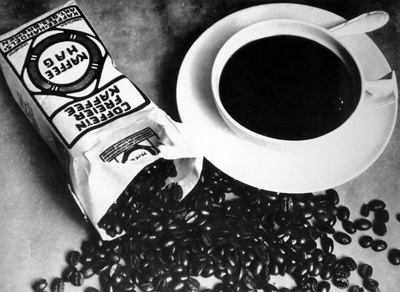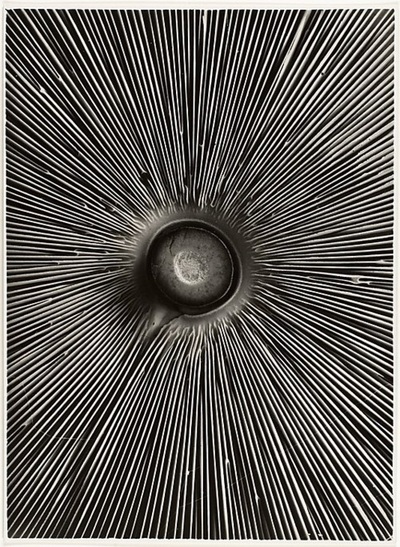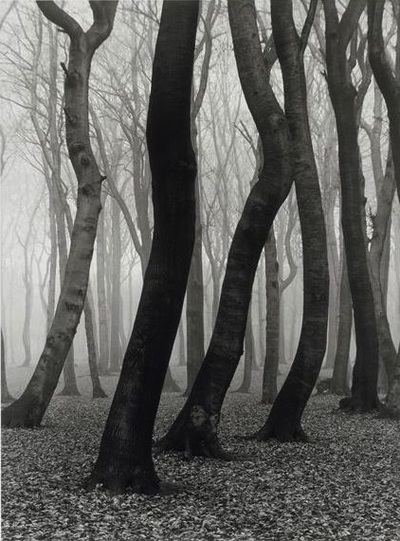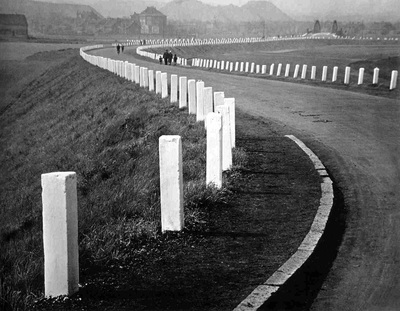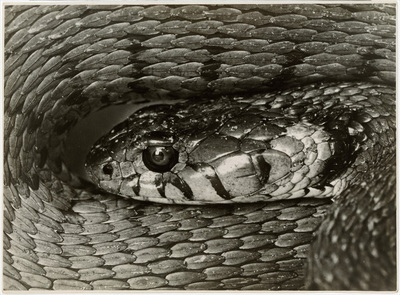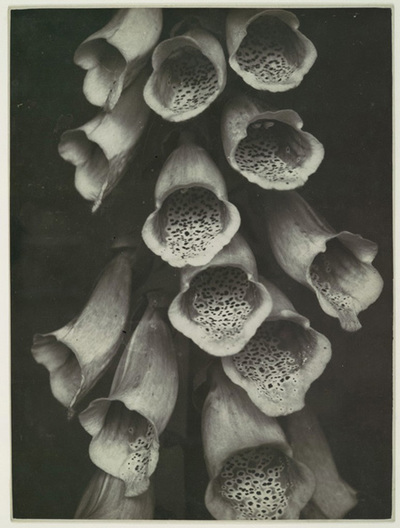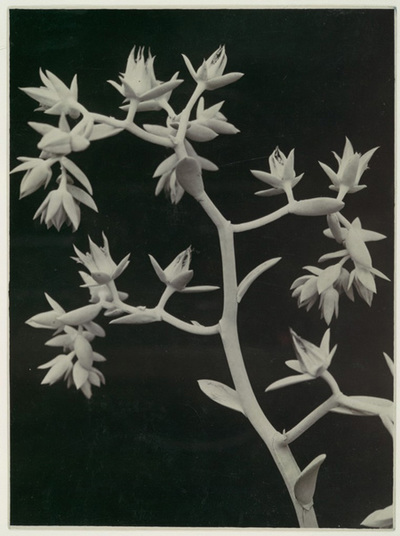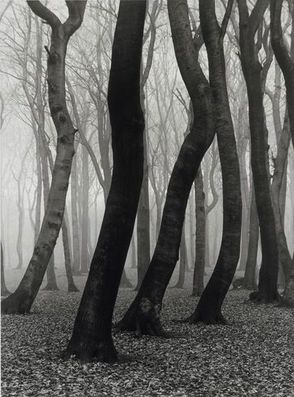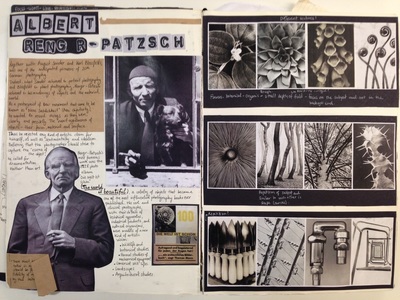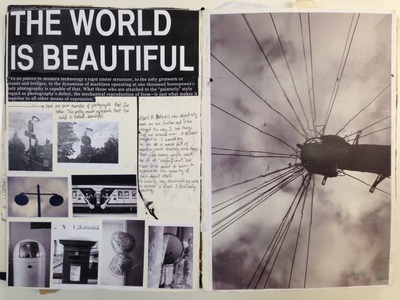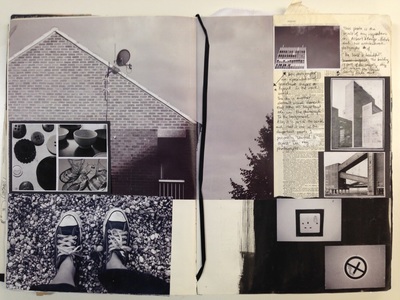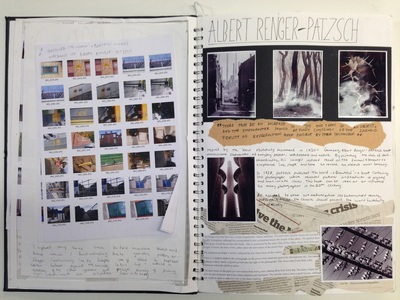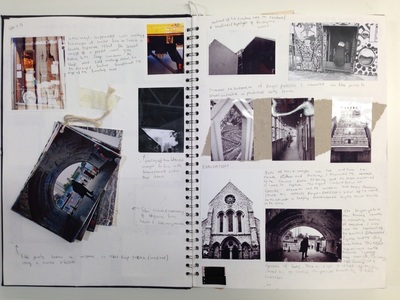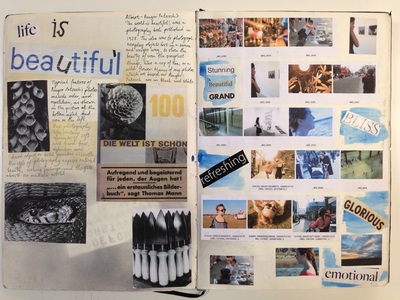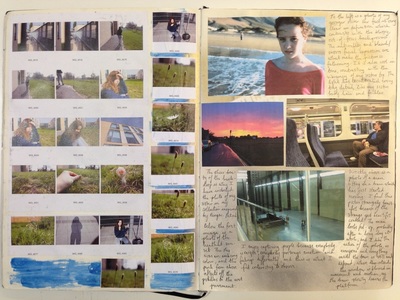Post 16 lesson plan:
Considering objective photography with Albert Renger-Patzsch
From Jon Nicholls, Thomas Tallis School
This lesson (or short sequence of lessons) is designed to encourage students to reflect on some of the specific qualities of photography by focusing on one of its pioneers, Albert Renger-Patzsch. There are lots of ways to introduce students to the big ideas, or Threshold Concepts, in photography. In my experience it is useful to adopt a guide from the history of the medium, someone in whose work we can perceive a particular attitude to photography and the affordances of the camera as a way of seeing. The following suggested exercises and resources are in no particular order.
This short presentation highlights certain aspects of Renger-Patzch's practice:
This short presentation highlights certain aspects of Renger-Patzch's practice:
- His attitude to photography and the advantages of the camera as a way of seeing
- The New Objectivity (Neue Sachlichkeit). How does Renger-Patzsch's work fit with the concerns of artists associated with this movement?
- The types of subjects he preferred to photograph
- The ways in which he explored the formal elements in his work e.g. form, light, rhythm, line, texture, repetition etc.
- His famous book 'The World is Beautful'
- Other photographers at the time who were similarly interested in objectivity
- Contemporary photographers who have been influenced by the idea that ordinary objects and scenes can be photographed to reveal their beauty.
Gallery
An exploration of some of Renger-Patzsch's images could lead to a discussion about their particular qualities. How would you characterise his images? This activity might be done at the start of the lesson, for example, as a way to harvest initial observations and ideas that can be noted down and returned to later.
Early on, I would encourage students to analyse a couple of images in detail in order to practice their critical understanding.
For example, compare and contrast these two images. What are their similarities and differences?:
For example, compare and contrast these two images. What are their similarities and differences?:
Historical context
There are numerous reasons why some photographers in the 1920s (along with other artists) began to represent the world with "objective, sober eyes":
- a response to the chaos of the First World War and a rejection of the culture leading up to it
- a rejection of the emotional and spiritual concerns of Expressionism and an interest in the rational and political
- a response to rapid industrialisation in Europe and America
- a response to the particular qualities of the camera and a move away from painterly effects like soft focus
Theory
Objectivity (or the Truth Claim) is an important idea in photography. Photographs appear to depict reality. This is because they capture reflected light from objects in the real world using a chemical process. This is sometimes referred to as photography's indexicality. The photograph could be thought of as a trace or effect of the thing photographed. The object is “imprinted” by light and the chemical (or electronic) process on the image, creating a visual likeness that possesses a degree of accuracy and “truthfulness”. This direct physical connection between object and image is unlike painting, drawing, or sculpture. This particular quality of photographic images has proved useful for a range of purposes including surveillance, criminal records and medicine, for example.
- To what extent are Renger-Patzsch's images truthful?
- Why do you think he insisted on capturing the whole image in the camera, refusing to crop his photographs?
- Why do you think he entitled his famous book, 'The World is Beautiful'?
- Why might photographers at this point in history have been interested in photographing the world in this way?
Response
Students might be asked to respond to Renger-Patzsch's images (and those by similar artists) by creating a sequence of their own images. By photographing their own reality in the style of Renger-Patzsch, students could create their own version of "The World is Beautiful'.
Here are some examples of responses by Year 12 students (click images to expand):
Here are some examples of responses by Year 12 students (click images to expand):





